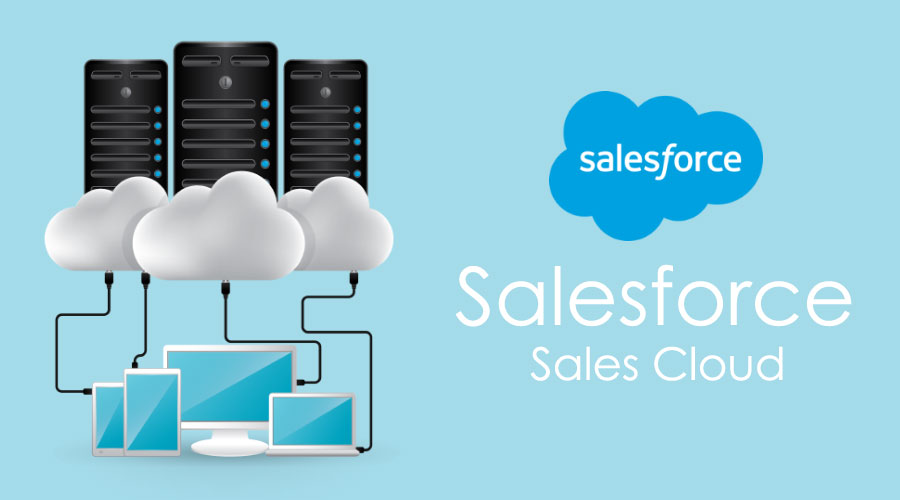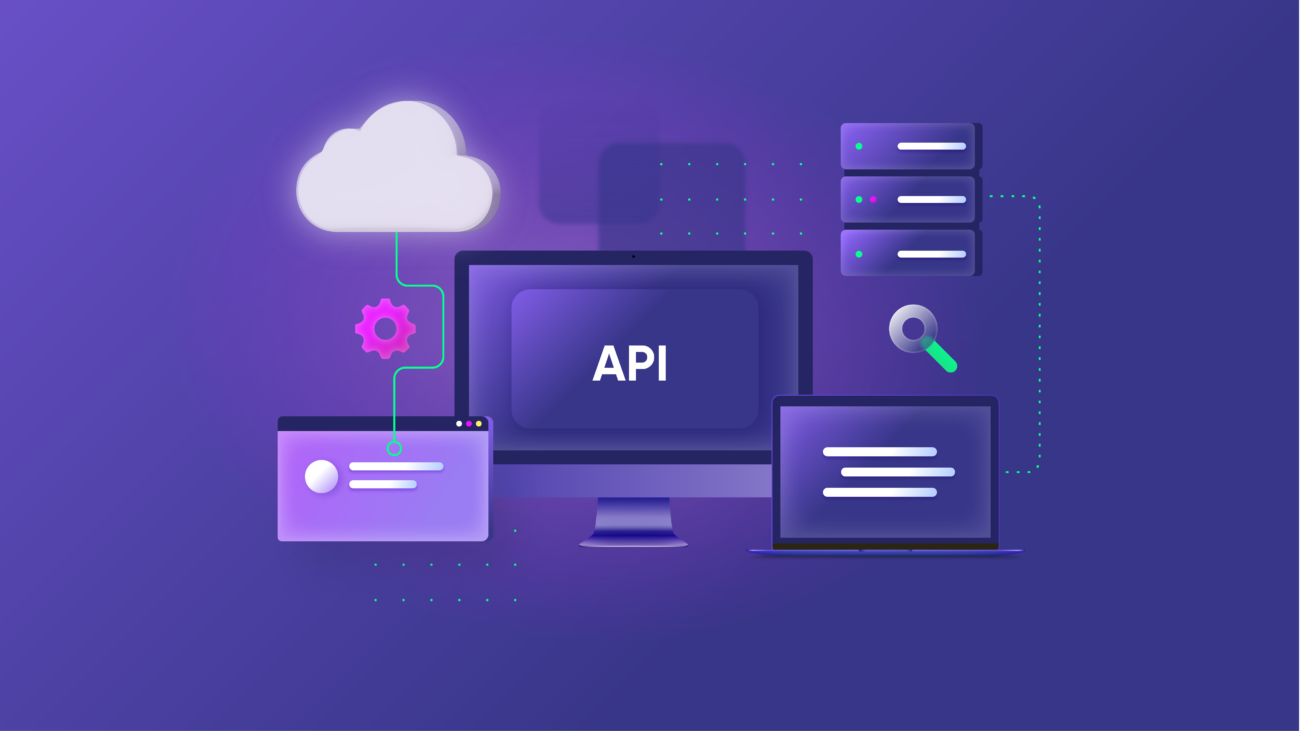Salesforce Sales Cloud is a cloud-based Customer Relationship Management (CRM) platform designed to manage customer information and automate the sales process for businesses of all sizes. Sales Cloud allows businesses to store customer data, track leads and opportunities, manage sales pipelines, and automate sales workflows. With its advanced features, Sales Cloud can help businesses improve sales efficiency, boost revenue, and streamline operations. In the modern world, every company needs a platform that enables them to interact with their clients through internet tools.
In terms of cloud CRM, Salesforce is clearly in the lead. This is mostly because Salesforce offers individualized customer experiences and proactive support, which streamlines the adoption and usage processes. We will learn everything there is to know about Salesforce Sales Cloud in this article, including its definition, usage, and advantages.
What Do You Mean By Salesforce Sales Cloud?
Businesses must constantly find ways to offer their goods faster and more efficiently due to the constantly rising demand. This is where the Salesforce Sales cloud comes into play; it unifies client data on one platform and promotes team communication. The selling cycle is accelerated by its assistance in automating several daily operations.
Salesforce Sales Cloud is primarily used for managing Leads, Contacts, tracking Accounts, and working on Opportunities. Your company may effectively manage the geographic areas and anticipate the sales pipeline with the aid of unique selling capabilities like collaborative forecasting and enterprise territory management.
Unlike any other program, Salesforce Sales Cloud assists in managing your interactions with your clients by keeping track of the revenue throughout the sales cycle. The fact that you can access the data online or even on a smartphone makes accessibility Salesforce Sales Cloud’s most important feature. The same information can be used over time to develop brand recognition and incorporate several sales techniques.
Benefits of Salesforce Sales Cloud
Improved Efficiency
Salesforce Sales Cloud automates many manual tasks, such as lead capture and follow-up, freeing up time for sales teams to focus on more strategic activities. The platform’s advanced analytics and reporting capabilities also help businesses identify inefficiencies in their sales processes and optimize performance.
Enhanced Collaboration
Salesforce Sales Cloud provides a single, unified platform for sales teams to collaborate on deals and share customer data. This improves communication and ensures everyone is working from the same data, reducing the risk of errors and duplication.
Increased Revenue
By improving the efficiency of the sales process and providing deep insights into sales performance, Salesforce Sales Cloud helps businesses close deals faster and increase revenue. The platform’s lead scoring and nurturing features also help businesses identify and prioritize high-value opportunities, maximizing revenue potential.
Scalability
Salesforce Sales Cloud is designed to grow with businesses, providing a flexible platform that can be customized to meet changing needs. As businesses expand and add new products or services, Sales Cloud can be adapted to accommodate these changes.
Why Would Someone Choose Salesforce Sales Cloud?
For several reasons, you should think about implementing a Salesforce Sales Cloud for your business needs.
Check out a few of the advantages it offers.
- It helps you track customer data and provides you with comprehensive, in-depth insights. This aids in accurate reporting and analysis.
- to improve efficiency and achieve an integrated customer experience across all sales teams.
- Use the data to create your individual sales strategy, since this will serve your demands for sales forecasting extremely well.
- With cooperation and current marketing trends, you may improve your customer service.
Important Elements of Salesforce Sales Cloud
The Important Elements of Salesforce Sales Cloud are listed below.
Client 360
On a single page, you can view all of a customer’s information, including account details, opportunities, orders, cases, and activities. It provides you with a comprehensive understanding of the customer and 360-degree customer insights.
Lead Management That Is Effective
The most crucial task is nurturing the Leads that have already been generated; generating leads is only the first half of the process.
Features like Lead Rules and Activities are included in the sales cloud lead module to assist turn more leads into opportunities. You may efficiently track your marketing campaigns with its assistance.
Using dashboards for reporting and analysis
The option to design personalized reports and simple dashboards is one of Salesforce Sales Cloud’s strongest features.
So that you can assess the performance of your team on an ongoing basis and make decisions in light of the findings.
Opportunity Administration
Without interfering with your other business operations, you may access your sales deals and add or remove products from anywhere in the world.
You can also examine your competitors’ performance in great detail.
Data Management
Via the Salesforce Sales Cloud data management solution, you can distribute the appropriate data to the appropriate group of audiences at the appropriate time. This is vital to the progress of your business. This software will take care of everything for you, from understanding the game-changing insights for your organization to locating potential consumers.
Automation of Process
With Flow or Apex, you may automate key business processes.
This boosts your team’s total productivity and helps the firm grow.
Since automation is becoming increasingly necessary, finding the correct resources to implement it can be quite beneficial.
Administration of Accounts and Contacts
You can retain a list of all the businesses you work with and the staff members who work there. To highlight persons who work for several companies, establish relationships between them, and establish a one-to-many relationship between a Contact and an Account.
You can also use a variety of techniques to set up access to Contacts and Accounts.
Salesforce Sales Cloud Implementation: Best Practices
Let’s look at the recommended practices for using Salesforce Sales Cloud now that we have seen the main features.
- Adapt the application to the needs of the business
The key reason why so many firms favor Salesforce Sales Cloud is its adaptability.
The application can be scaled up and customized based on your business needs.
You have access to a variety of applications, profiles, and dashboard styles within Sales Cloud that may be modified to suit your working preferences.
- Improve data-supported communication
Your company might require better communication. Communication without supporting data points, though, could not be advantageous.
Use the information provided by the Salesforce Sales Cloud that can help you learn more about how to improve your communications and connect with the proper target audience.
- Use automation tools to make your chores automatic.
All manual processes can be automated with the use of the sales cloud’s built-in automation tools, such as Flow or Apex.
The better results your team produces through sales are directly correlated to this automation.
Automation and better technology are by-products of increased productivity, and Salesforce Sales Cloud can help with both.
- Sync several data systems
Salesforce Sales Cloud provides you with a variety of options under one roof rather than requiring you to use several programs for different needs.
You can combine data from many platforms through integration.
You have the opportunity to centralize all sales data through Salesforce integration.
- Make use of the advantages of sandboxes
Directly launching or integrating new processes into the production environment is not advised. Instead, construct the functionality in a sandpit.
Instead of introducing anything directly and dealing with the problems, sandboxes are a great approach to undertaking bespoke development and testing their viability.
According to the Salesforce licensing edition, Sales Cloud offers sandboxes.
Conclusion
Salesforce Sales Cloud is a powerful CRM platform that provides businesses with a comprehensive set of tools to manage their sales process. With its advanced lead and opportunity management features, sales forecasting and analytics, mobile capabilities, and integration with third-party applications, Sales Cloud can help businesses improve efficiency, enhance collaboration, increase revenue, and scale as they grow.




